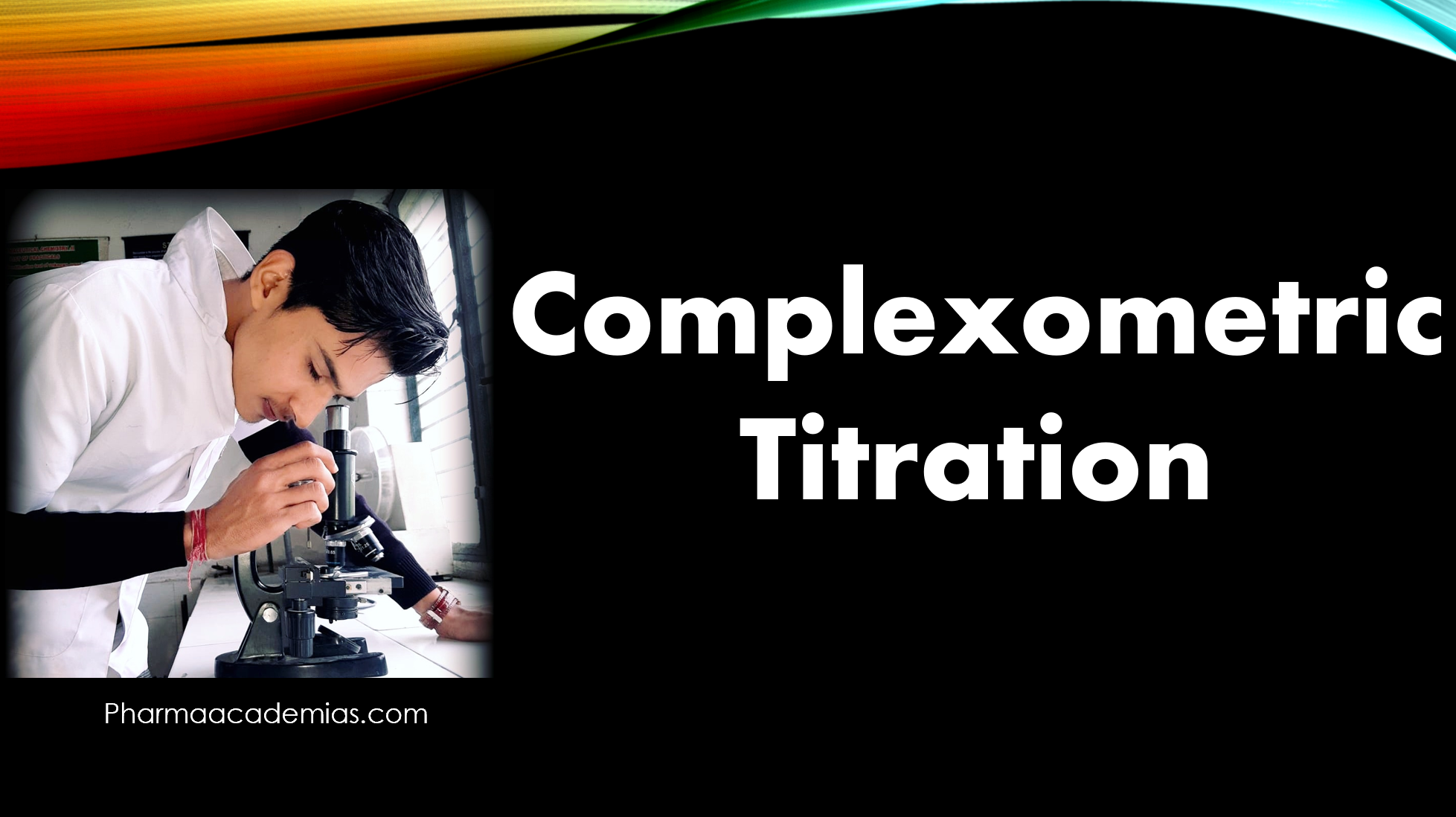Complexometric titration is an analytical technique that determines the concentration of metal ions or other substances by forming a complex compound between the analyte and a titrant, which is a chelating agent or complexing agent. This method is particularly useful for the quantification of metal ions, especially those that form stable complexes with ligands.
Complexometric titrations can be classified into several categories based on different criteria. The most common classification is based on the nature of the titrant and the type of complex formed. Here are some primary classifications of complexometric titration:
1. Metal-Ion Complexometric Titration:
In this variation of complexometric titration, you establish the concentration of a specific metal ion in the sample by using a metal chelating agent or complexing agent as the titrant. For example, ethylenediaminetetraacetic acid (EDTA) finds widespread use in titrating various metal ions, such as calcium, magnesium, and zinc.
2. Non-Metal Complexometric Titration:
This classification involves the determination of non-metallic substances, typically by the formation of complex compounds. For example, complexometric titration can be used to determine the concentration of halides like fluoride ions.
3. Direct Titration:
In direct complexometric titration, the analyte forms a complex directly with the titrant. The endpoint is detected using an appropriate indicator or method.
4. Back Titration:
Employ back titration when the analyte does not readily form a complex with the titrant or when other interfering substances are present.. In this method, you treat the sample with an excess of the titrant, and then you back-titrate the excess titrant with another reagent.
5. Displacement Titration:
Displacement complexometric titration involves adding a metal ion that has a higher stability constant for complex formation with the titrant than the analyte. The analyte metal ion is then displaced from the complex, and the endpoint is determined.
6. Masking and Demasking Titration:
In some cases, interfering substances can be “masked” to prevent them from forming complexes with the titrant, allowing for the determination of the analyte. “Demasking” involves removing the masking agent to release the interfering substances.
7. Conditional Complexometric Titration:
Perform conditional titrations under specific conditions, such as controlling the pH, temperature, or ionic strength of the solution, to ensure the formation of the desired complex and enhance the accuracy of the titration.
8. Selective Complexometric Titration:
Design selective complexometric titrations to determine specific metal ions in the presence of others. Achieve this by using chelating agents with high selectivity.
9. Simultaneous Complexometric Titration:
This involves the determination of multiple metal ions in a single sample in a single titration by using a mixture of chelating agents. It is particularly useful for the analysis of complex mixtures.
The choice of complexometric titration method depends on the specific analyte, the desired selectivity, and the presence of interfering substances. Complexometric titrations are valuable tools in analytical chemistry for accurately determining the concentration of metal ions and various other substances in a wide range of applications.

